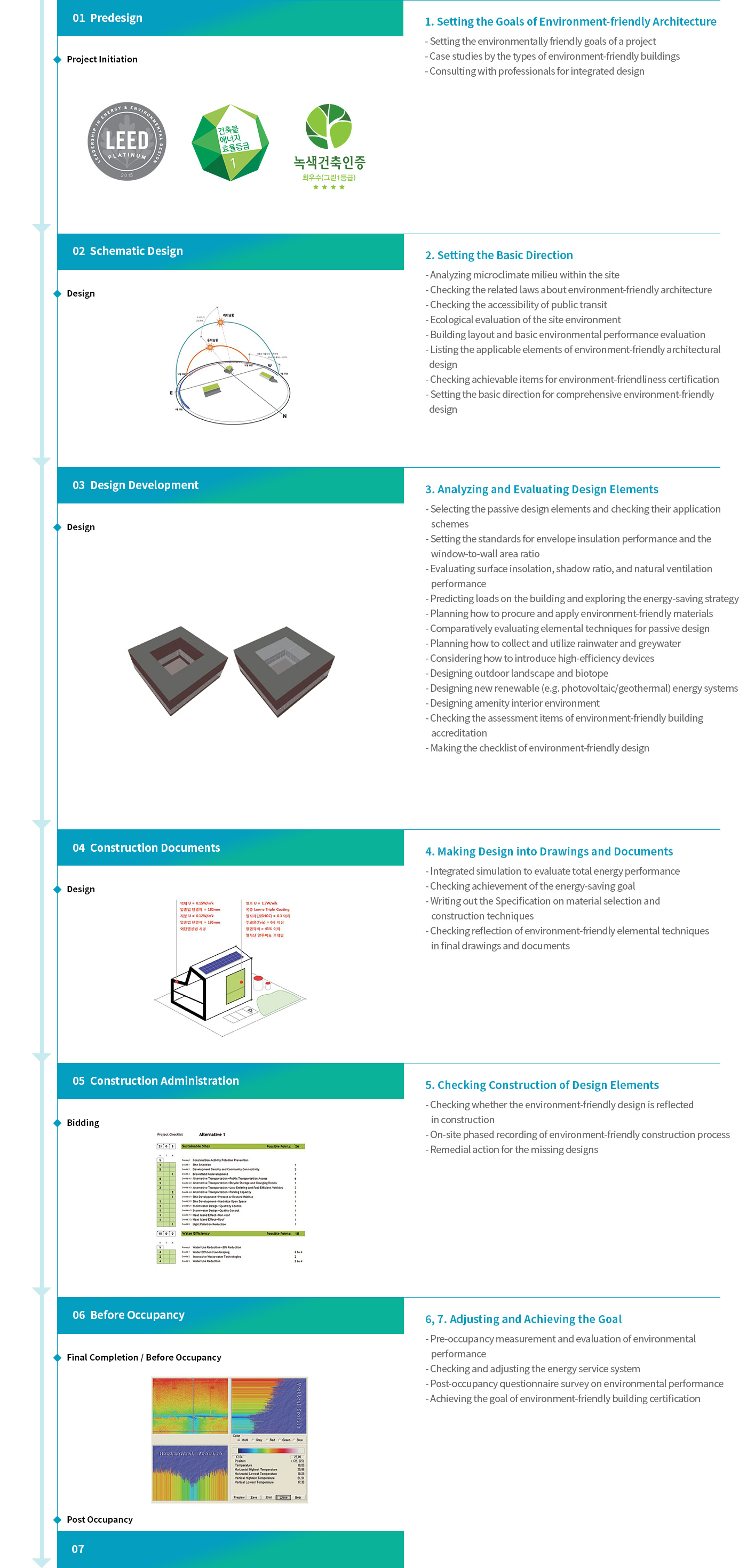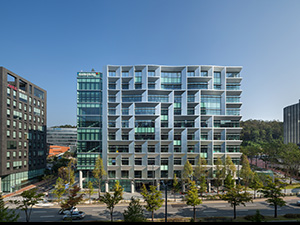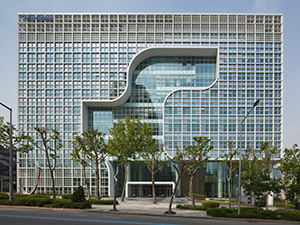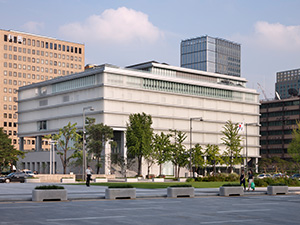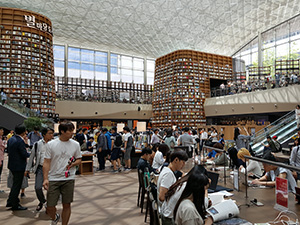Design
The best professionals who have gained plenty of experiences and know-hows
through various projects are the source of Junglim’s competitiveness to provide the highest-quality service.
Junglim’s Sustainable Design
Coping with technical and institutional problems of environment
With environment-friendly integrated design, we contribute to the health of building users, the better quality of life, the less consumption of finite energy sources, and the sustainable conservation of global environment. We have organized teams of professionals in a system of mutual collaboration by service fields, coping with technical and institutional issues of environment which occur in such life cycles of building projects as planning, design, construction, operation, and demolition.
